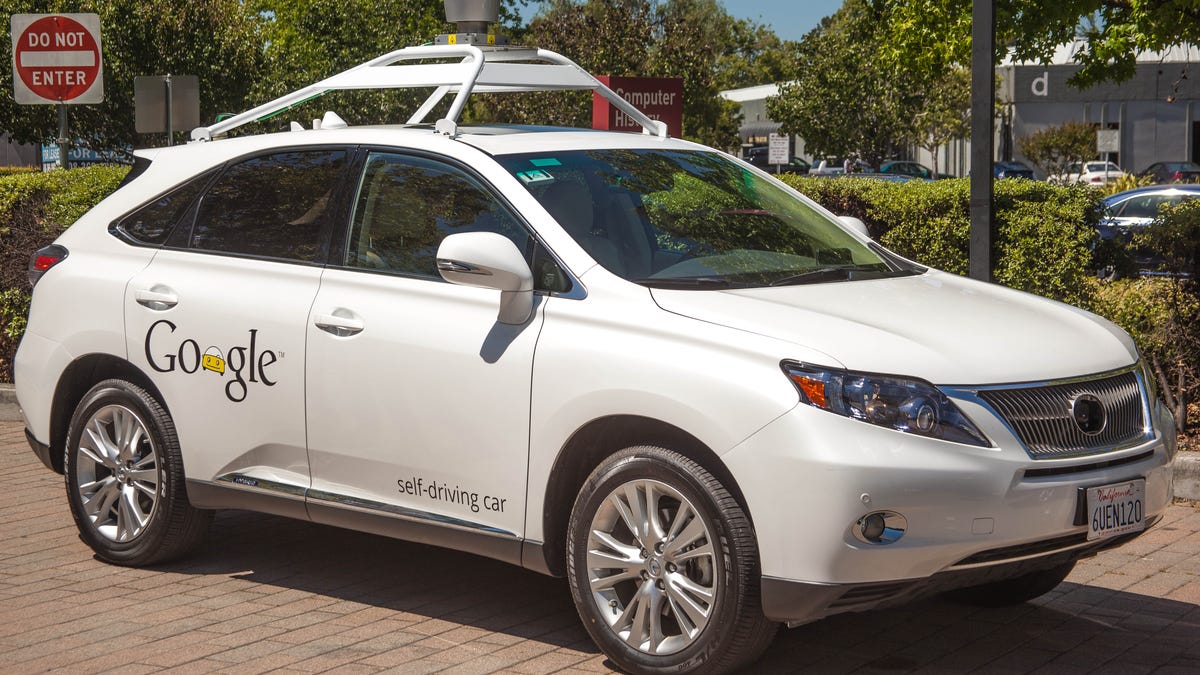Google's self-driving car turns out to be a very smart ride
Don't mock Google's robo-cars. A ride in one shows that you, the driver, may soon be obsolete.

A white Lexus hybrid SUV inches to the left, creating a slightly wider buffer as it passes a bicyclist in the bike lane on a busy and unseasonably hot Tuesday afternoon not far from Google's headquarters in Silicon Valley.
If the car was being driven by a human, that would be no big deal -- except to share-the-road advocates. But this is Google's self-driving car we're talking about, and that seemingly unremarkable maneuver turns out to be one of the highlights of a day spent with members of Google [X]'s Self-Driving Car Project team.
"People hate driving," Self-Driving Project director Chris Urmson said at a press event held at the Computer History Museum in Mountain View, Calif., near Google's headquarters. Once you get to work in the morning, "it takes 30 minutes to decompress from that jackass who cut you off."
Google's self-driving car is an ambitious project that hopes to end human error behind the wheel with a very Googley solution: software. The tech titan's robo-cars have logged more than 700,000 hours since it began working on the vehicles in 2009. Google expects to have them ready for public use between 2017 and 2020.
The goal, as Urmson describes it, is to imagine a world where cars are safe. Not only are more than 33,000 people killed annually (PDF) in the US in car crashes, but such accidents are the leading cause of death (PDF) for people under the age of 45.
"Google is uniquely positioned to solve this problem," said Dmitri Dolgov, the software lead on the project. "There's a whole research field in taking a map and comparing it to your position."
That is essentially what Google's self-driving cars do -- on a vastly more complex scale -- because here "you" are a multi-ton vehicle hurtling through the real-world "map" at velocities fast enough to pulverize, if not kill, on impact.
The map that drives the Self-Driving Car Project
At the heart of the technology, what separates it from other sensor-driven autonomous vehicle projects, is a Google-made topographical map that gives the car a sense of what it should expect. The map, different from Google Maps, includes the height of the traffic signals above the street, the placement of stop signs and crosswalks, the depth of the sidewalk curb, the width of the lanes, and can differentiate lane markings from white and dashed to double-yellow.
The cars depend on this prebuilt map, which is why their urban excursions are limited to Mountain View for now, but the project's lead mapping engineer, Andrew Chatham, made it sound like the goal is to wean the car off such heavy reliance on the map in the future.
"We're certainly relying less on the perfect accuracy of the map as time goes on," he said. "We're also improving our ability to build the maps."

